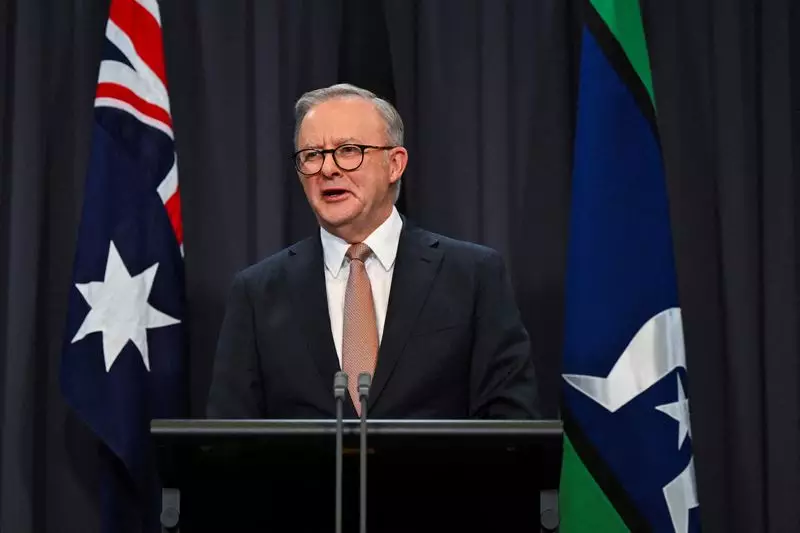In a substantial move aimed at alleviating the financial burden on students, Australian Prime Minister Anthony Albanese announced a plan to reduce student loans for approximately three million individuals by an impressive 20%. This initiative is expected to eliminate around A$16 billion (approximately $10 billion) in student debt. The decision follows the government’s previous budget released in May, which focused on relieving cost-of-living strains faced by Australians, with specific emphasis placed on educational debt relief. The broader financial strategy also encompasses measures to reduce medicine costs and enhance rent assistance programs, showcasing a holistic approach to economic support.
According to government estimates, this reduction means that an average graduate holding a loan of A$27,600 could see a reduction of A$5,520 from their total debt. Such a reduction will take effect from June 1, 2025, allowing students some respite from their financial obligations. The government’s proposed changes also include lowering the annual repayment amounts and adjusting the threshold necessary to begin repayments, making the repayment process more manageable for graduates entering a challenging job market. By alleviating this burden, the Albanese administration aims to create a supportive environment for current and future students, which could foster higher enrollment and better educational outcomes.
Albanese further asserted his government’s commitment to enhancing the educational framework by pledging to legislate the introduction of 100,000 free places annually at Technical and Further Education (TAFE) institutes, contingent upon re-election in 2025. This initiative emphasizes the government’s recognition of the vital role vocational education plays in equipping Australians for the workforce, which is crucial amid the shifting economic landscape. Albanese’s approach indicates a strategic pivot towards improving access to education, not only for traditional university students but also for those seeking vocational qualifications.
The current moves are part of a broader strategy to connect with voters amid rising cost-of-living concerns and persistent inflation rates. With the Australian federal election on the horizon, Albanese’s government appears to be eager to solidify its standing among constituents who are increasingly burdened by financial instability. The Labor Party, positioned as a centre-left alternative, faces significant pressure, especially as recent polls indicate they are lagging behind their conservative counterparts. As such, this initiative to ease student debt could serve as a rallying point for the government, demonstrating a proactive stance in addressing economic issues.
The Albanese government’s plan to reduce student debt while expanding educational opportunities signifies a multifaceted investment in both the individual and collective futures of Australians. This initiative not only aims to lessen immediate financial hardships but also fosters a broader vision for educational accessibility and vocational training. As the public anticipates the benefits that these reforms will bring over time, it remains essential for the government to follow through on their commitments to ensure that they translate into tangible improvements in educational engagement and economic stability.

